Art & Justice
June 15, 2016
A few years ago, at the height of my faith deconstruction, I was being swallowed whole by cynicism. My soul was so raw, the naivete of my childhood faith ruthlessly stripped away as I was learning hard lessons in the world. I don’t even remember how I behaved outwardly at the time, friends tell me I was not as abrasive as I recall, but only because I knew what was happening internally—that I seemed to be losing any capacity to trust, to give, and to love. I was almost always angry, confused at my own intense emotions, and withdrawing tumultuously from the comforts of my previous certainties.
This was when I decided to begin blogging. Unlike many others, I wasn’t trying to build a platform, nor was I hoping to publish books, I was writing to save myself and any semblance of faith I may have left. I wrote about what I knew best: faith, social justice, culture, anything that was meaningful to me. But my blog wasn’t an online journal where I vented my faith deconstructing angst, (I did that with my husband—sorry honey!) it was where I practiced the craft of creating words, weaving metaphors with anecdotes, lyrical phrases with colloquial internet language. It was as if I had all this pent-up negative energy brewing beneath the surface of my consciousness, and if I didn’t channel it into beautiful eruption, it would destroy me from the inside out.
It worked.
Writing is one of the most beautiful things I have ever done. With my words, I have helped others articulate their suffering, comforted the sick, advocated for the marginalized, and in the process brought much healing to myself. In many ways I am still an amateur, but I am starting to learn the truth of what many writers have spoken of, that creativity is its own entity, a flitting muse who sometimes hides even when we seek earnestly, with our heads banging against the keyboard. It was Michelangelo who said that there was a statue in every block of stone and the job of the sculptor is to find it. The art of writing is similarly chipping away at unnecessary words and stories to allow the elusive truths to emerge.
The best art appears most simple, so clear and resounding, it would seem the artist just spontaneously came up with the idea and casually dropped it. When in actuality, it had been years of practice and failed pieces and painful cutting and refining before the essence could be realized.

Concurrent with my writing career, I continued to explore issues of justice and spirituality. I feel as though my deconstruction has come to a noticeable end. I’m no longer trying to prove myself right as I wrestle with the faith of my childhood. I’m done playing defense against the religious establishment. I have found a space to tolerate differences in opinions but also firmly stand my own ground. For instance, I am no longer arguing with evangelicalism over whether women have equal rights alongside men to exercise our gifts, I am simply getting on with exercising my gifts. No apologies, no angst. (Okay, maybe a little when an occasional mansplainer gets all up in my face).
In many ways, the hardest work is now before me. As much energy as deconstruction required of me, living into the truths of justice and mercy and love demands so much more. Justice at its core is a battle for equality. Such a simple commandment, that each person has value and deserves to be treated with the same level of respect. But like an exquisite work of art, the minimalistic beauty of it requires much sweat and toil to bring to fruition.
In both art and justice, I’m afraid the results cannot be rushed. Especially for those of us amateurs, we have to be willing to live in the tension of what Ira Glass calls, “The Gap”, between our taste and our skills. When there is still quite some distance from what we are making to what we know to be truly good. And the only way to move through the gap, Ira Glass says, is to practice lots and lots and lots. The mechanism to make art and to make justice, and I suppose of everything in life, is the same in that we try, we fail, and we try some more. It is unglamorous but exciting nevertheless, because at some point when our heads are down plowing forward with our laborious efforts, we’ll glance up and suddenly see that we’ve sculpted that statue—or that we’ve created a space where mercy reigns and justice rolls and beauty dwells.
This is what we were made for.

